With brigade-level support, the unit acquired four PDW C100 drones and developed a fleet of custom-built first-person view (FPV) drones using commercial parts and 3D-printed components. This shift marks a significant step in decentralised drone innovation, allowing soldiers to design, build, and fly mission-ready drones in-house.
“I flew the FPV, which is a first-person-view aircraft,” explained U.S. Army Staff Sgt. Andy Ortiz, a master trainer and drone pilot. “The reason why it could increase the lethality of the platoon or the Army in general is because it’s super cheap to build and you can 3D print what you want on the aircraft. If it breaks, we fix it in-house.”
Ortiz highlighted the affordability and speed of the process, noting that a complete FPV drone system costs around $400 to $500 and can be assembled in just a few hours. “Even a beginner can build it in four hours,” he said. “It’s hard to fly at first, but once you learn the simulator and get good, you can speed up the kill chain. Instead of calling for fire support, someone in your platoon could take out the target with a drone carrying C4.”
In addition to flying drones, Hawkeye Platoon operates a mobile lab where soldiers fabricate parts, test simulated explosive payloads, and maintain drones in field conditions. This forward tech shop enables rapid adaptation and continuous improvement based on real-time battlefield needs.
U.S. Army Staff Sgt. Nathaniel Daniels, platoon sergeant, described the broader capabilities of the PDW C100 platform. “Today, we saw the PDW C100 mission sets, able to drop speedballs or any [medical] supplies to a main or forward aid station. If the mission is beyond 2 or 3 kilometers, we can upload the mission, and the drone will complete it autonomously and return.”
With a flight range of up to 10 kilometres and 74 minutes of endurance, the PDW C100 provides key logistical and reconnaissance support in difficult or contested terrain. In contrast, FPV drones, while requiring line-of-sight operation, are favoured for their low cost, rapid deployment, and strike capabilities in close-range engagements.
“An infantry platoon should be stacked up with FPV drones,” Ortiz stated. “They’re cheap, easy to build, and can close the kill chain fast when you attach simulated munitions.” This hands-on approach ensures operational flexibility and empowers small units to respond independently in dynamic combat scenarios.
The unit’s training model, built on a train-the-trainer framework, enables certified non-commissioned officers to pass on drone skills across the brigade. Daniels confirmed that initial training is provided by the manufacturer, after which NCOs like those in Hawkeye Platoon lead internal instruction.
This initiative reflects the Army’s broader shift towards small uncrewed aerial systems (sUAS) and decentralised battlefield technology. Hawkeye Platoon embodies this evolution, transitioning from traditional drone operators to innovative developers and instructors.
Their capabilities were demonstrated during Agile Spirit 25, a U.S. Army Europe and Africa-led multinational exercise in Georgia. The event provided a live operational setting for testing new technologies, validating mission sets, and advancing unit-level innovation.





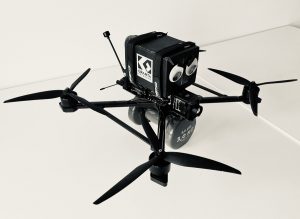
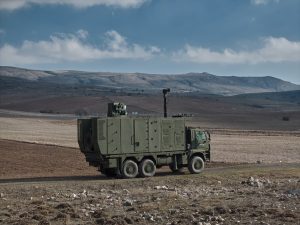

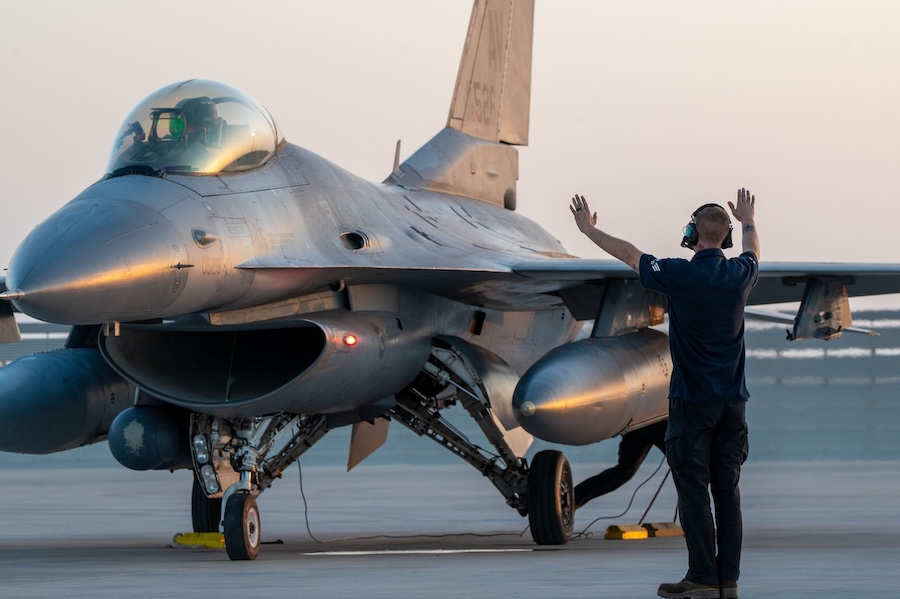
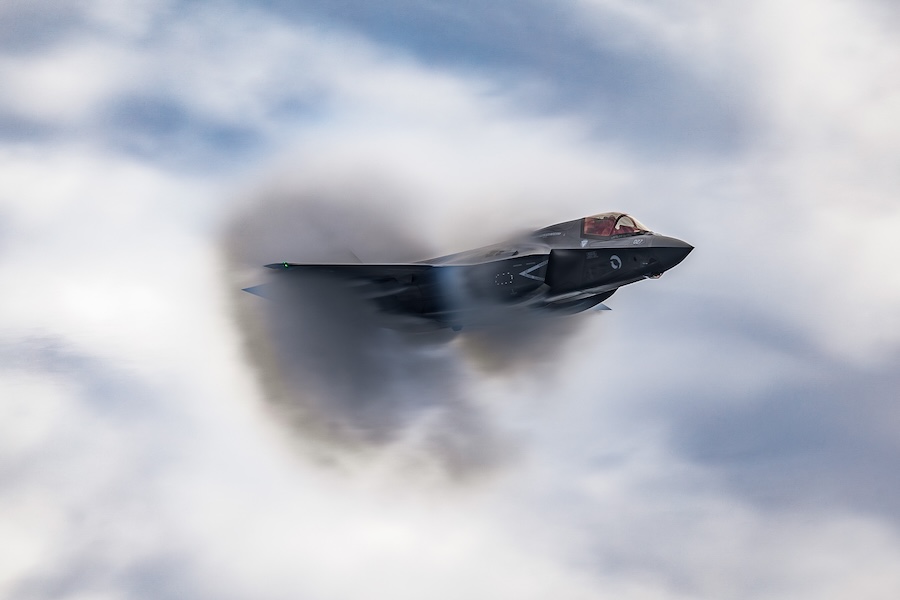
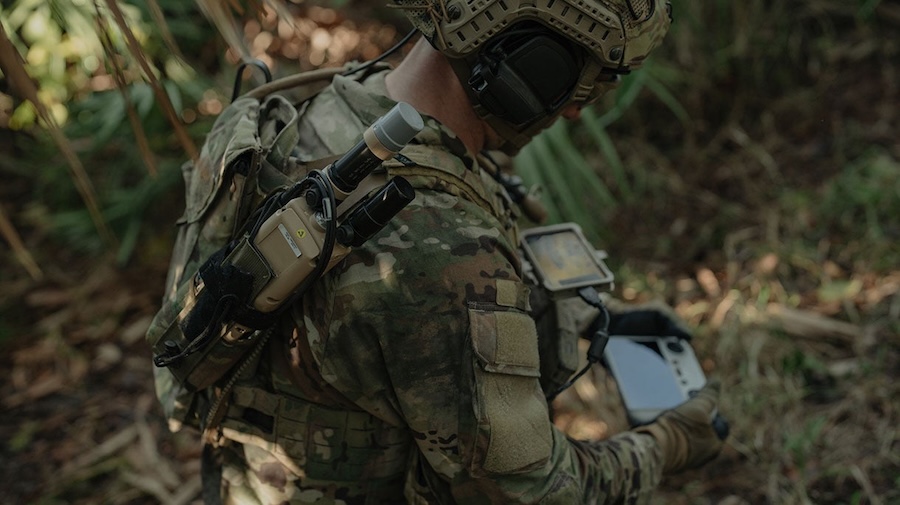


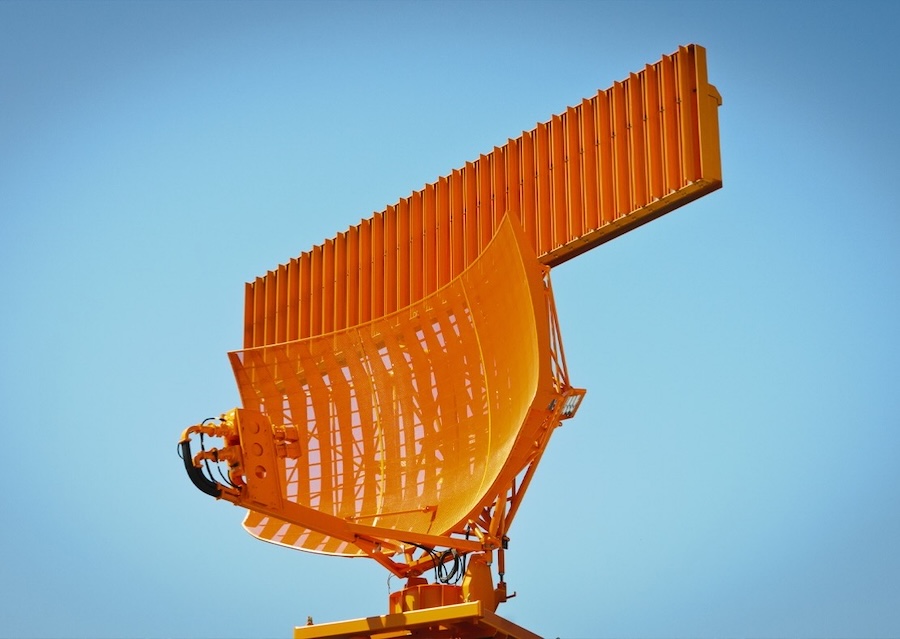

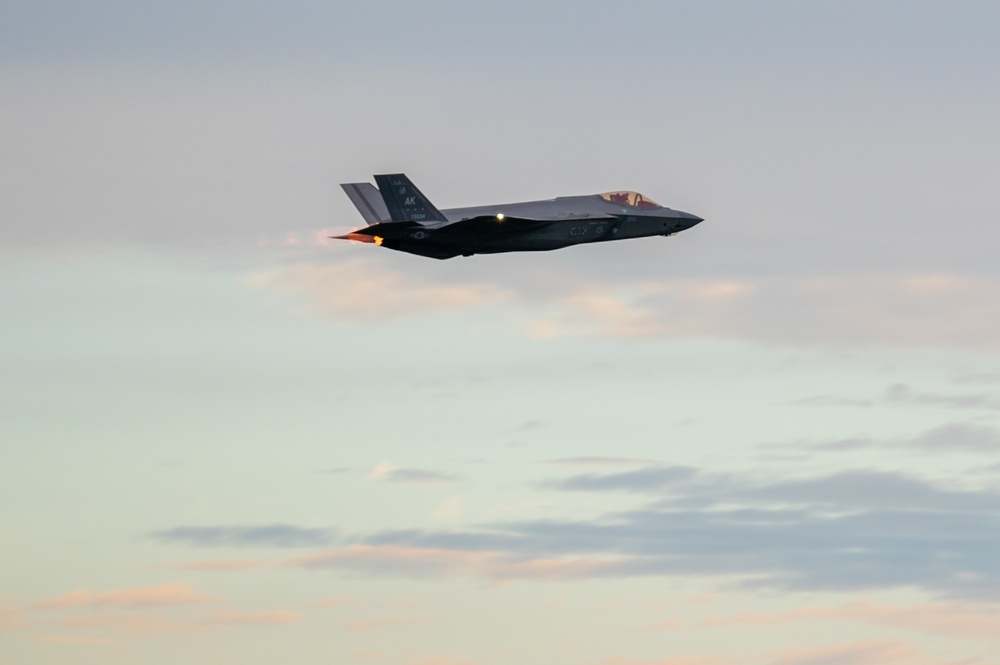
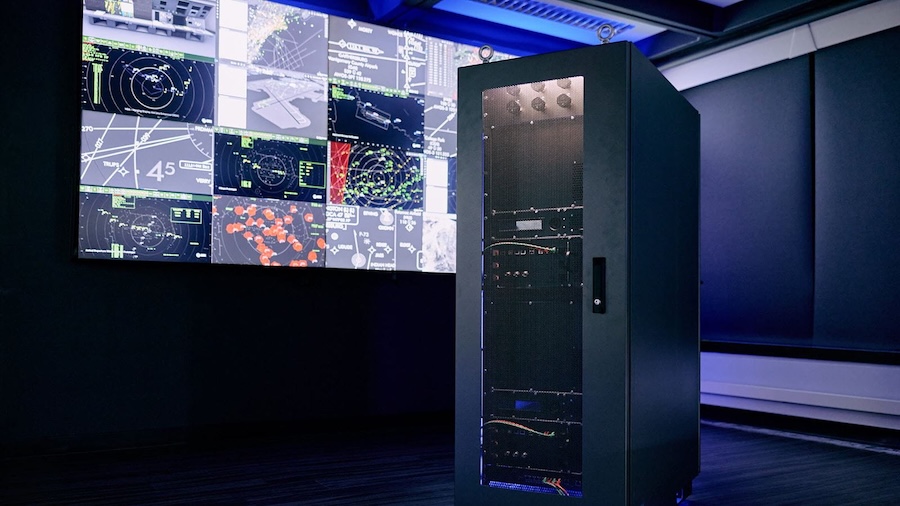
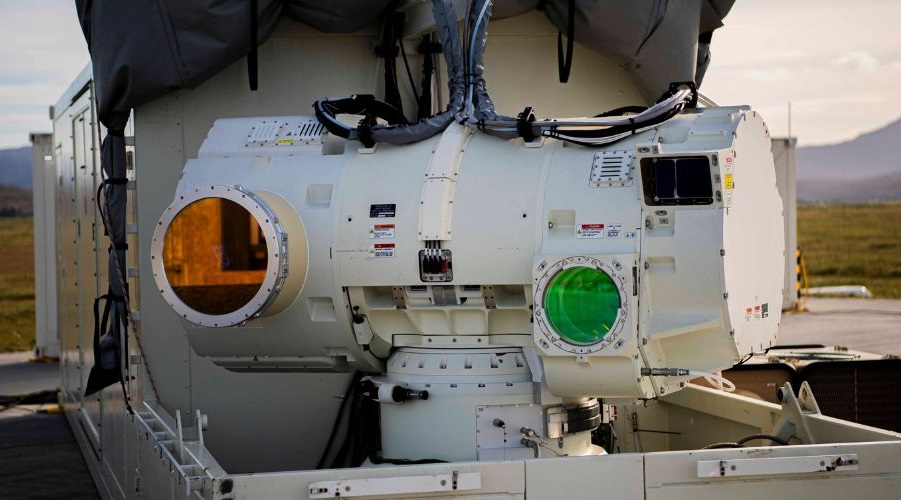
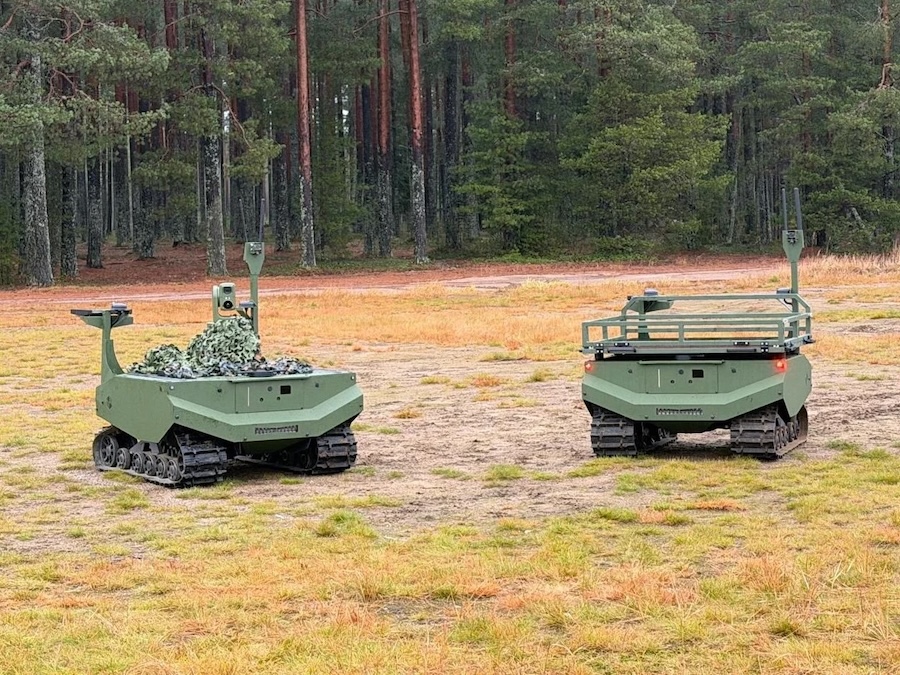
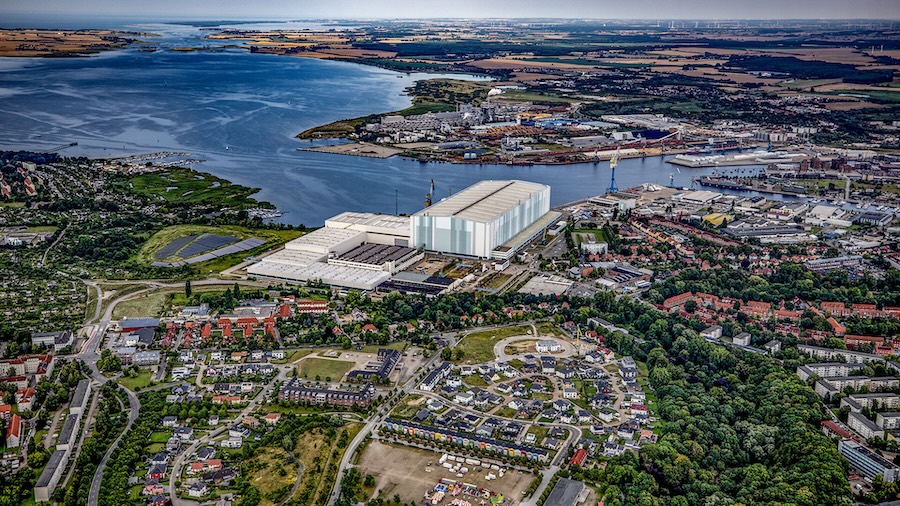
![SİPER 1 air defence system completes battery-level acceptance firing at Sinop Test Center [VIDEO]](https://defence-industry.eu/wp-content/uploads/2026/01/siper-1-air-defence-system-completes-battery-level-acceptance-firing-at-sinop-test-center-video.jpg)
